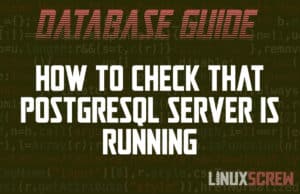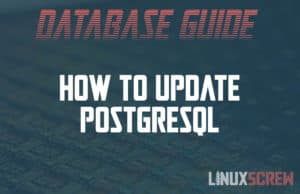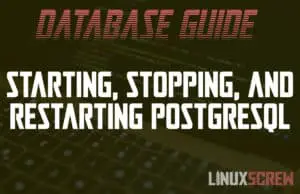How to Use Variable Variables in PHP, with Examples
Variable variables let you dynamically access variables by their name. Sound confusing? This article will explain PHP variable variables, and provide code examples. What is a variable? In computer programming, variables store a value, or reference to a value, for later use. Variables have names, and when you access a named variable, the value it contains can be read or updated. Declaring variables in PHP In PHP, a variable is declared when it is first used: Above, a variable named $myVariable is declared using the = (equals) operator, and assigned the … Read more










